ConradM
No longer a newbie, moving up!
- Joined
- Nov 20, 2011
- Messages
- 605
- Reaction score
- 62
- Location
- Boise
- Can others edit my Photos
- Photos OK to edit
I wouldn't have used f/22 on shot #1. At small apertures, like f/22, lenses cause diffraction which harms image quality and sharpness. If you shot this same scene between f/8 and f/11, the overall sharpness would be improved.
I think I remember reading that somewhere actually... To much stuff to remember when you're trying to get a good shot.


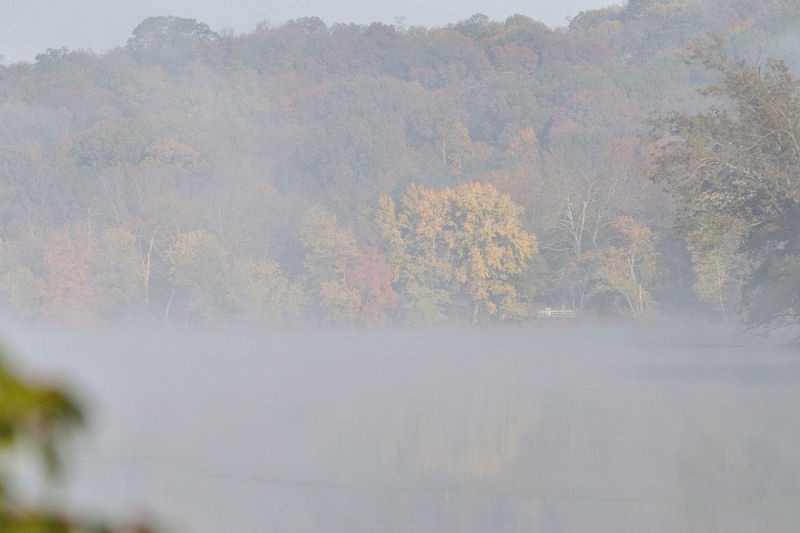

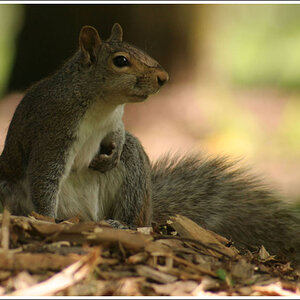
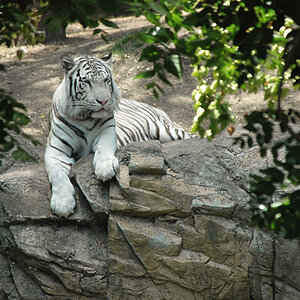
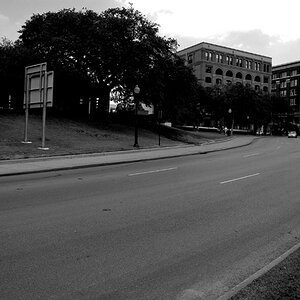
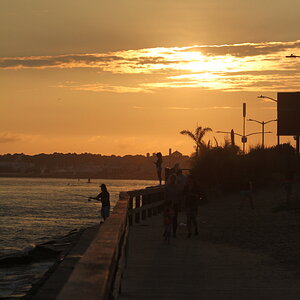
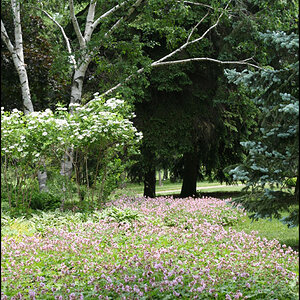
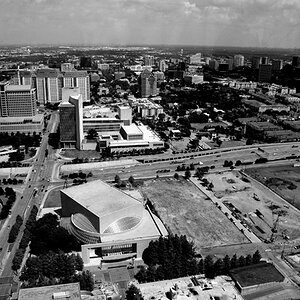

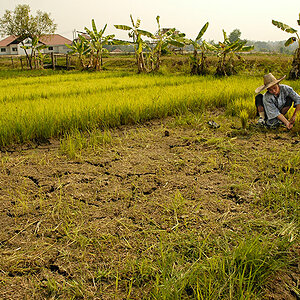
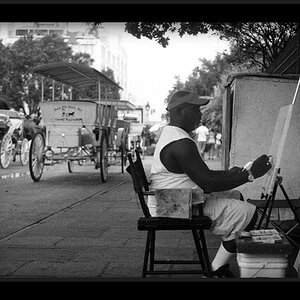
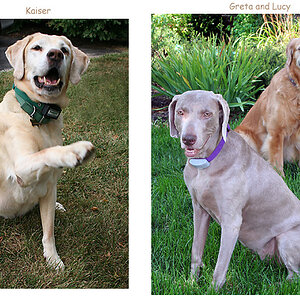
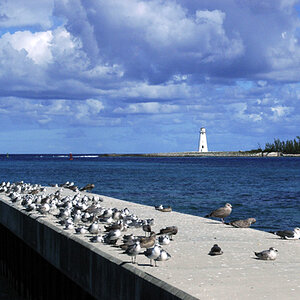
![[No title]](/data/xfmg/thumbnail/38/38264-552eb428d8a704186dcc43400f417d0f.jpg?1619738548)